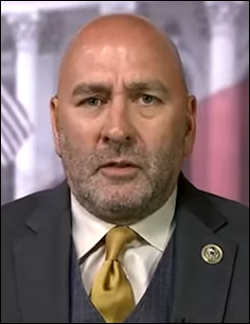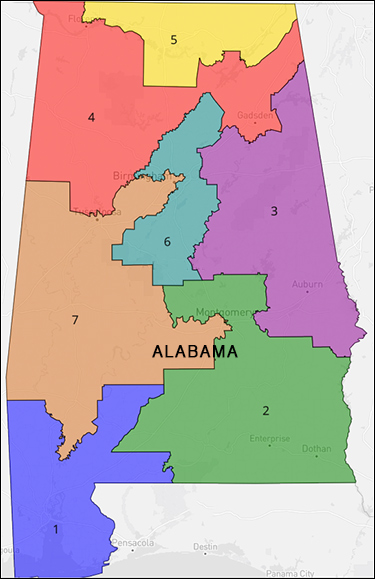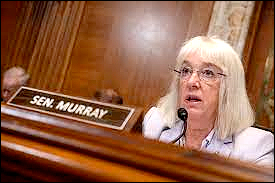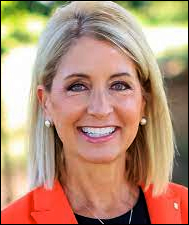By Jim Ellis — Thursday, Oct. 20, 2022
Senate
Pennsylvania: Oz Closing the Gap — The AARP polling series that Republican pollster Fabrizio Ward and the Democratic data firm Impact Research jointly conduct again tested the Pennsylvania electorate. Their new poll (Oct. 4-12; 1,400 likely Pennsylvania general election voters; live interview & text) projects Lt. Gov. John Fetterman (D) as having only a 48-46 percent lead over Republican nominee Dr. Mehmet Oz, the television doctor. Previously, the AARP poll June poll found Fetterman holding a larger six-point advantage.Within the same period, The Trafalgar Group also ran a Pennsylvania survey (Oct. 8-11; 1,078 PA likely general election voters; multiple sampling techniques) and arrived at a virtually identical 47-45 percent split. It is becoming clear, with early voting already underway, that this critical Senate race is going down to the wire, just as we saw back in May when the state Republican primary ended in a razor-thin result. In fact, from the last 10 polls released of this race, seven of the 10 found Fetterman leading by four percentage points or less.
House
MN-2: Close Again — In a surprise 2020 finish, Republican challenger Tyler Kistner, a military veteran who hadn’t gotten much national attention, lost only a battle to Rep. Angie Craig (D-Eagan) by only two points — 48-46 percent. It appears the two are headed for another razor-thin finish this year in their re-match campaign. A just-released Survey USA poll (Oct. 15-16; 586 likely MN-2 general election voters; automated telephone & online) projects Craig to be holding a slim 46-45 percent lead over Kistner in a polling result wholly consistent with this electorate’s voting history.
Both Minnesota’s southern sector districts — the 1st and 2nd — are important toward determining the new House majority. The GOP would conceivably be on a majority track by winning one of the state’s two southern swing seats. Should their candidates win both, a big Republican night could be in the making. If the Democrats win both, such a performance would suggest that the party would have a legitimate chance of holding their slim majority.
Governor
Georgia: Disconnect with Senate Race — Two more polls were released that find Gov. Brian Kemp (R) leading former state House Minority Leader and 2018 gubernatorial nominee Stacey Abrams (D), and running substantially ahead of Republican senatorial candidate Herschel Walker. The juxtaposition makes these races interesting to watch.
Insider Advantage (Oct. 16; 550 likely Georgia general election voters) gives Gov. Kemp a 50-43 percent lead over Abrams, but also sees Democratic Sen. Raphael Warnock posting a 46-43 percent edge over Walker. Similarly, while Landmark Communications (Oct. 15-17; 500 likely Georgia general election voters) projects Gov. Kemp’s lead at 51-45 percent, the firm derives a 46-46 percent tie between Warnock and Walker. Therefore, we continually see a relatively substantial single-digit swing in Sen. Warnock’s favor when comparing the gubernatorial results from consistent polling samples. This suggests we could see a split decision from these major Georgia statewide races.
New York: More Data Finding Tightening Race — Quinnipiac University has joined the group of pollsters projecting the New York governor’s race between Gov. Kathy Hochul (D), on the ballot for the first time in her own right after ascending to the position when former Gov. Andrew Cuomo (D) resigned, and US Rep. Lee Zeldin (R-Shirley/East Long Island) as a close race. The Q-Poll (Oct. 12-16; 1,617 likely New York general election voters; live interview) sees the spread between Gov. Hochul and Rep. Zeldin dropping to 50-46 percent.
Four of the past seven polls see the contest falling between two and six percentage points, which represents a notable improvement for Rep. Zeldin. With New York early voting not beginning until Oct. 29, this race’s patterns still have a significant period in which to firm.








